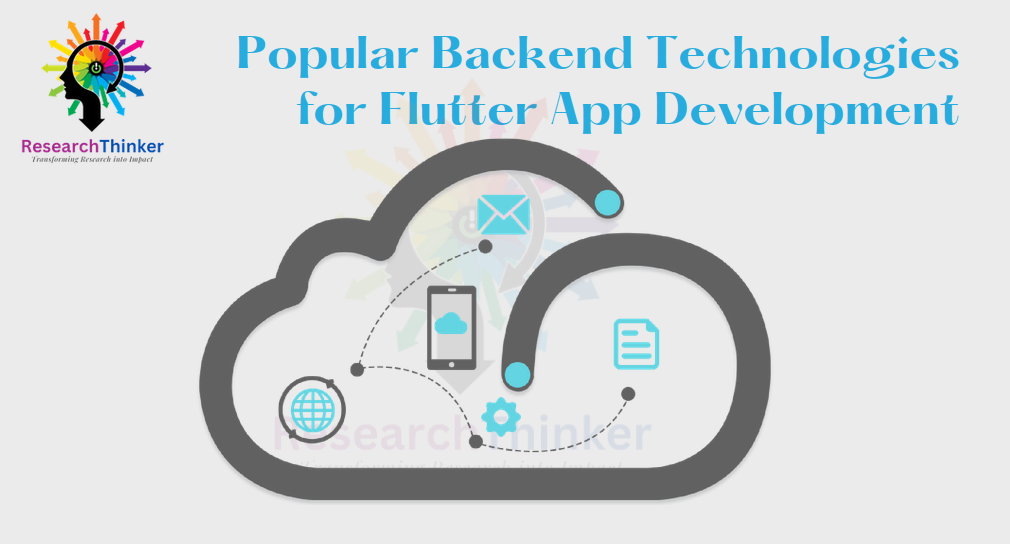Flutter Tutorial:
Flutter Widgets:
Flutter Advance
Flutter REST API
Advanced Concepts
Wrap vs Builder vs OverBarFlow
Circular progress contain Icon
Flutter State management Comparison
Flutter Database
Flutter Token Expired Handling
Flutter Provider
Flutter GetX
Flutter with Native
Flutter Tips:
Interview Questions
Flutter 100 Interview Questions
Popular Backend Technologies for Flutter
Exactly backend is connection of APIs with Flutter App or connection of Middleware between Flutter App and Cloud Database, above image clearly shows backend
Flutter is a versatile framework that can be used with various backend technologies. The choice of backend depends on the specific requirements of your application and your familiarity with different backend technologies. However, there are a few popular backend options commonly used with Flutter:
MEFN : [ Mongo, Express, Flutter, Nodejs]
Node.js is a JavaScript runtime that allows you to run JavaScript on the server-side. It has a vast ecosystem of libraries and frameworks that can be used to build robust backend systems. With Node.js, you can build APIs using frameworks like Express.js or Nest.js and connect them to your Flutter application for data exchange.
FF: [Flutter , Firebase]
Firebase: Firebase is a popular backend-as-a-service (BaaS) platform provided by Google. It offers a wide range of services, including authentication, real-time database, cloud storage, cloud functions, and more. Firebase provides a Flutter SDK that makes it easy to integrate Firebase services into your Flutter application. It’s widely used due to its ease of use, scalability, and real-time data synchronization capabilities.
FDM: [Fluter, Django, Mongo] | [Flutter , Django , MySQL]
Django: Django is a high-level Python web framework that follows the model-view-controller (MVC) architectural pattern. It provides a robust set of tools and libraries for building web applications, including APIs. You can use Django to develop a RESTful API and connect it to your Flutter application.
These are just a few examples, and there are many other backend options available, such as Flask (Python), ASP.NET (C#), Spring Boot (Java), Ruby on Rails,Laravel and more. The choice of backend depends on factors like your familiarity with a particular technology, the complexity of your application, performance requirements, and integration capabilities with Flutter.



